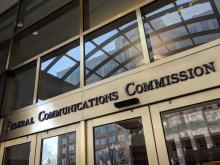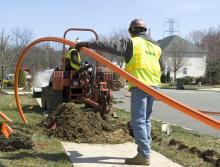Blocking of Sohn FCC Nomination Could Harm Broadband Funding, Mapping, and Reform
For more than a year and a half, the nation’s top telecommunications regulator has been stuck in limbo, thanks to a combination of federal dysfunction and industry lobbying. Now the nomination of popular reformer Gigi Sohn to the FCC is facing a full frontal assault by telecom monopolies dedicated to preventing the agency from standing up to monopoly power.
After an inexplicable nine-month delay, President Biden nominated consumer advocate Gigi Sohn to the FCC late last year. Sohn, Co-Founder and CEO of consumer group Public Knowledge and a former advisor to FCC Chairman Tom Wheeler, is well versed in media and telecom policy, and broadly popular across both sides of the aisle.
Yet since her belated nomination, Sohn has been met with a bevy of telecom, media-industry, and politically constructed allegations designed to derail her nomination, ranging from false claims that she’d harm rural America, manufactured allegations that she hates police, and false assertions that she’s looking to censor conservative voices in media.
All of these efforts serve one function: to ensure the nation’s top telecommunications regulator remains mired in partisan gridlock and a 2-2 commissioner voting split. Without a clear voting majority, the agency can’t embrace reforms that are widely popular with the public, whether that’s restoring the FCC’s consumer protection authority, or restoring recently-discarded media consolidation rules.




